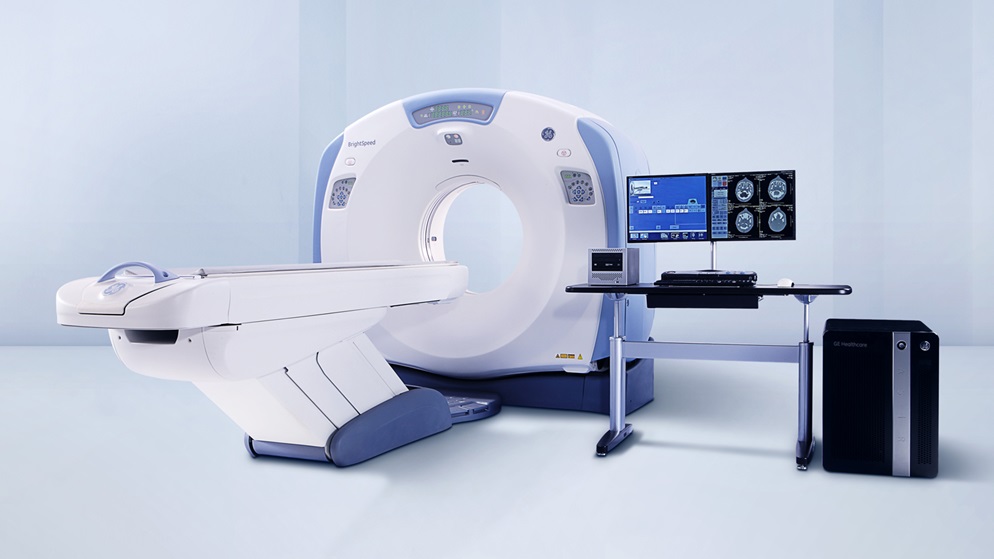
Busting myths about cloud PACS and EHR
Posted on November 22, 2019
The integration of new technology solutions continues to reshape businesses, and healthcare is no exception. On our blog, we have already presented some features, which optimize a lot of processes for medical diagnostic businesses, such as cloud PACS. However, from time to time, they become subject to criticism.
The general objection is: “Productivity increase leads to quality loss.” This is usually explained by several points.
Firstly, modern software reduces discussion, which is vitally important for medical practice. For instance, in medical imaging, radiologists and referring physicians do not communicate directly anymore. Instead, they use a built-in list of medical findings, which lacks an individual approach and sometimes even misleads the doctors.
Another disputable point is the presentation of medical data. A clinician takes a rapid glance at a report, displayed on a computer screen right at a patient’s bed, and proceeds to the next patient. Thus, clinical findings become not only under-discussed but also under-studied.
These claims usually come from physicians with extensive practice, whose skills and experience are beyond any doubt. In their opinion, cloud PACS, EHR, and other software is a sort of Procrustean bed, i.e. it is unfit for medical examinations, limits professional freedom, lacks flexibility, and an individual approach. Furthermore, those conservative doctors remark that such a state of affairs leads to deterioration of professional skills, which gives causes to more pressing concerns.
Well, all these arguments are based on practice and should be taken seriously. However, are they really caused by the functionality of the software in question?
It’s true that some medical software provides just a short drop-down menu to select clinical findings from. Does it mean that modern applications limit a physician’s thought or impose restrictions on patient treatment options? Definitely not! For example, if you are performing a diagnostic test and cannot find the needed assessment or plan on the built-in list, you can usually leave a free-text note in the corresponding section, so that the referring doctor could assign a treatment plan in compliance with your recommendations. But, best of all, contact your software providers, and they will add the missing element or make any other adjustment. These guys usually keep in touch with practicing physicians, because your comments help them improve their solutions and win the market.
Another myth is that diagnostic images cannot be appropriately studied via cloud PACS software. The truth is that advanced solutions have a built-in viewer with an impressive set of tools, which would leave films far behind. Besides, web-based PACS services that use cloud storage help you securely store and quickly retrieve images from anywhere in the world.
And last but not at all least, there is a myth that cloud PACS and EHR applications prevent physicians from staying in touch with each other. Healthcare applications offer many ways of communication: from simple chats (which are, however, HIPAA compliant) and message boards, where you can share your thoughts freely, to such special-purpose tools, as Direct Messaging. Moreover, some advanced applications offer a “second opinion” option, which means that you can consult physicians all around the world on disputable questions.
So, do PACS and EHR really reduce quality? We believe they do not. The main troubles caused by modern software tools seem to be rather a matter of habit than harmfulness or incompleteness of the product itself.
As for diagnostic imaging, the current push is for radiologists to sit at the table, taking part in overall patient care. So more and more systems are actually getting the radiologists more involved.
We are likely dealing with a psychological phenomenon of conservatism and mistrust in innovation. Not to mention that many software tools are sometimes just misused. The software ecosystem is yet far from perfect, and there is definitely much work to do, but it is constantly being improved by many software developers and medical specialists. More and more healthcare businesses become interested in getting efficient, flexible, and easy-to-use IT-based tools. Today there are a lot of available PACS, EHR, and other solutions, marketed as standalone applications or multi-purpose integrated software. So, if you have not yet tried a PACS to manage your diagnostic images or an EHR to organize your patient records (or if you have been disappointed with some solutions), it’s worth looking around. Maybe you’ll find a tool designed uniquely for your business.
